Learn how sourcing Asian factory partners works, and all about the Asian factory sourcing process, plus selecting factories from afar, is a challenging proposition when looking to produce custom products in Asia. There is a lot that goes into the Asian factory selection process, and initial Asia manufacturing often has delays as there are many issues to be managed while ramping up new projects with new factory partners. We are here in China to get things moving efficiently and effectively with our team on the ground to evaluate factories in person to decide which is the best fit for each new project. Once factories are selected, we are here coordinating every step of the the process. P2P will ensure that your manufacturing project in Asia is executed correctly the first time.
EXPLORATION
& PLANNING
& PLANNING

Client & P2P define project goals, backing & success parameters

Select from current factory partners or vet/select new ones
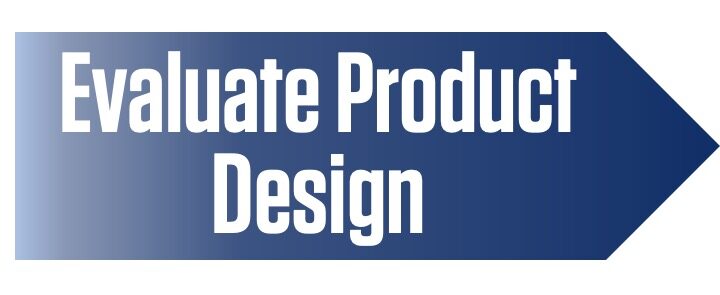
Evaluate & improve design for efficient manufacturability

Provide additional engineering support as necessary

P2P gets initial price quotes from each perspective supplier
PROTOTYPE
& PRICING
& PRICING

Select after on-site vetting for quality, price, service and trustworthiness
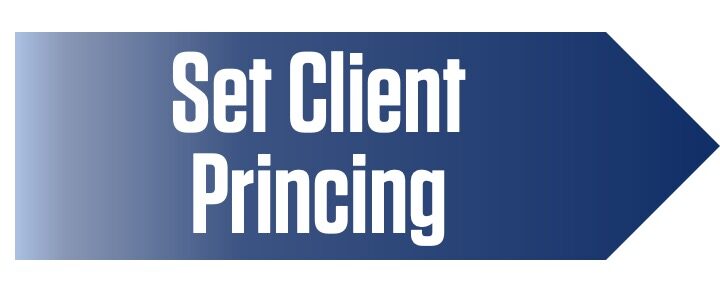
Set initial product unit cost(s) and possible prototype costs

Produce prototype or samples as appropriate

Prototype or sample approval by client
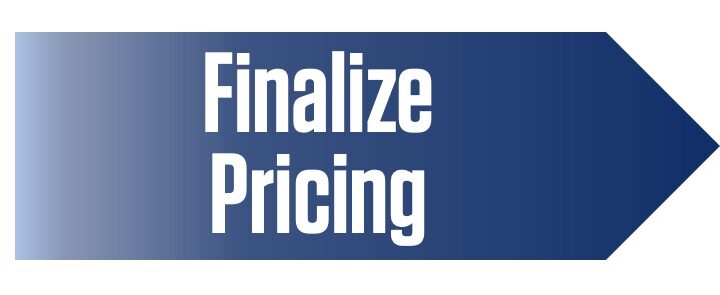
Prototype or sample approval by client
PRODUCTION
DEVELOPMENT
DEVELOPMENT

Client places product & tooling order(s) and pays deposit

Production tooling cut for 1st article samples if tooling necessary

Produce first article mass production samples

First article mass production sample approval by client

Confirm with factory production plan and schedule
MANUFACTURING
& LOGISTICS
& LOGISTICS

QA inspections during initial production by P2P Team in factory

Final outgoing QA inspections prior to release of shipment
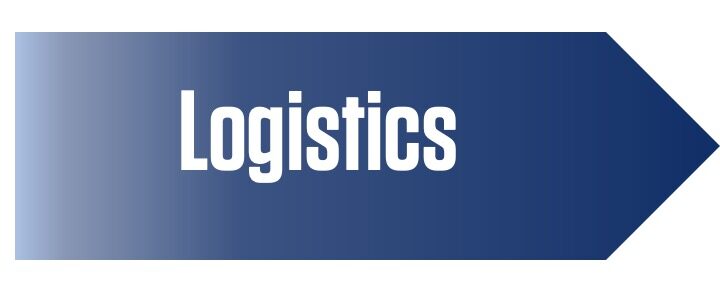
Containerization & freight forwarding to client’s destination(s)
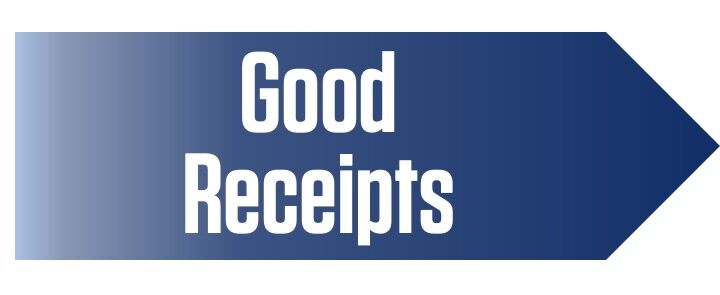
Client receives initial container delivery

Process improvement review begins between client, P2P and Factory
STEP 1
Factory Assessment Factors
FINANCIAL STRENGTH
We assess factory capitalization to ensure their ability to manage large orders and produce them in an efficient manner. The factory partner needs to have the infrastructure to produce the products cost effectively and scale with success. Also, if an unforeseen defect issue occurred in the field, the factory would have to be responsible for rework or replacement costs and must have the financial strength to take responsibility.
QUALITY CONTROL
MINDSET & SYSTEMS
Evaluate quality control system to ensure it is mature and is meeting or exceeding the industry standard Acceptable Quality Levels (AQL) at every stage from “Incoming” quality control to “Outgoing” quality control. Ideally the factory should also have ISO certification showing that they abide by all of the (SOP) Standard Operation Procedures that they have put in place in their factory, so that their processes could be expected to yield quality products consistently.
WESTERN BUSINESS
SENSIBILITIES
Our engagement with a prospective factory partner requires conversations with the owners/operators of the business. In that discussion we establish an expectation of doing business in a western fashion that features integrity, honesty, timely and trustworthiness, transparent communication, attention to detail and sense of urgency, which will inspire trust between the parties and pave the way for consistent quality and execution of a shared vision. We also look for factories to hold appropriate additional certifications as appropriate for specific situational product requirements.
STRONG ENGINEERING CAPABILITY & FIT
We look for appropriate engineering capabilities and experience making similar products. We also ensure they have the necessary equipment in their facility and are vertically integrated. This is vital to achieving high product quality, competitive pricing, efficient service and short lead times without having to rely too heavily on their subcontractors’ production schedules.
INTELLECTUAL PROPERTY PROTECTION FACTORS
P2P will also evaluate how well the factory will fit as a partner for our client and P2P in terms of trustworthiness to protect proprietary information that they will be exposed to in the development and production of the products with us. They must be willing to contract to protect any patents and proprietary information, demonstrate strong processes to do so, and have reference accounts that further inspire our confidence and trust.
ON-SITE AUDITING
An on-site factory audit is critical for assessing if a factory can manufacture the targeted products on our behalf. In Asia, many factories claim they manufacture on-site, and have websites leading one to believe they have specific capabilities, but until you visit their factory you can’t confirm if they are just a trading company that outsources production, or a factory that truly has the engineering and in-house production capabilities they purport to have.
STEP 2
Confirm the Bill of Materials (BOM) of the product needing to be produced.
INTELLECTUAL PROPERTY
AGREEMENTS
Once capable factory partners have been identified for a project it is important to get a signed Non-Disclosure Agreement (and in some cases a Non-Compete Agreement) in both English and Chinese, stamped with the company’s Financial Stamp and signed by management. At that point we can begin to divulge the product specifications and utilize their engineering capabilities knowing that we have secured intellectual property protections.
OPERATIONS STRATEGY & IP PROTECTION
P2P provides extra intellectual property protection to our clients by using the way we interoperate with our factory partners as a back-up shield for our proprietary product information. We carefully limit the amount of exposure we give factory partners to the overall picture concerning the product or market, telling them as much as we need to to secure their services and to leverage their expertise, holding back what we can to make it very difficult to work around us directly to market.
IDENTIFYING EQUIVALENT PARTS
We can assist you in finding equivalent parts in Asia that you may not have been able to find from the US, from component hardware to software chipsets, to help optimize your product cost. Primary savings from Asia-based production typically come from finding lower cost equivalent or better components, and secondary savings come from actual final production, assembly and packaging of the finished goods.
BILL OF MATERIALS
There are often different material options for achieving desired product performance and appearance, at an equal or lower product cost. Leveraging the knowledge and experience of our factory partners and our internal engineering we can often unlock these possibilities and share ideas about the cost of the material options and the features and benefits of each, to enable you to make an informed a decision.
STEP 3
Get price quotes.
PRICE COMPARISONS:
After identifying factories capable of producing your product, finalizing the Bill of Materials and the product design, we are able to get an ‘apples to apples’ price quote. This pricing will include any necessary engineering and/or tooling charges, as well as any test fixturing required for product testing and inspection.
DECISION BASED ON VALUE:
We don’t suggest our clients always choose the lowest cost manufacturer but rather review price quotes with an eye towards the service you believe you’ll receive from the factory. Service depends on the management systems in the factory, the management teams’ ability to train the employees correctly and the type of customers the particular factory is used to servicing.
PRICE QUOTES:
Due to the nature and complexity of some products pricing quoted by a factory supplier cannot always be fixed and firm over time. Sometimes there are factors like highly dynamic bill or materials items (for example IC chip sets) that may require that some aspects of pricing be set as formulas based on cost assumptions which may change over time. When these circumstances exist they are talked through and handled appropriately with the factory.
STEP 4
Finalize the
factory choice.
STEP 5
Order a
prototype.
STEP 6
Confirm all aspects of
the finished prototype.
Finalize your factory choice by evaluating a combination of the factory’s quality, pricing and service you have received to this point, the payment terms that you require, and prototype, tooling and mass production lead times.
Order a prototype from the factory that we choose. Once the prototype is finished, confirm that the prototype functions and looks as expected. If not, make the necessary changes needed to get a second prototype produced. We then ship the prototype to our client for approval.
When the prototype is received and signed off on by our customer, we are ready to start ordering the mass production tooling that is needed and purchasing longer lead time components to achieve our initial production schedule.
STEP 7
Order mass production
tooling.
STEP 8
Customer sign-off on first article sample.
STEP 9
Mass production
to begin.
Once the prototype has been signed off by the customer and we received the tooling deposit from the customer, we will then order the mass production tooling if that is needed for a particular product.
Once the tooling is finished, you will need to sign-off on a final sample of the product produced on the production tooling, before mass production can begin.
Once components are received our QA team will monitor the factory from In-Process QC through final QA inspections before shipment. Now that mass production is poised to begin, we make sure we have our secondary Quality Assurance (QA) team (that is comprised of P2P staff, not employed by the factory) in place to help you monitor the company’s progress every step of the way. Our QA team will monitor the factory’s ordering of the components to their In-Line QC as well as final QA inspections before shipment. We make sure the products do not leave the factory before we have approved the quality of the whole shipment.

